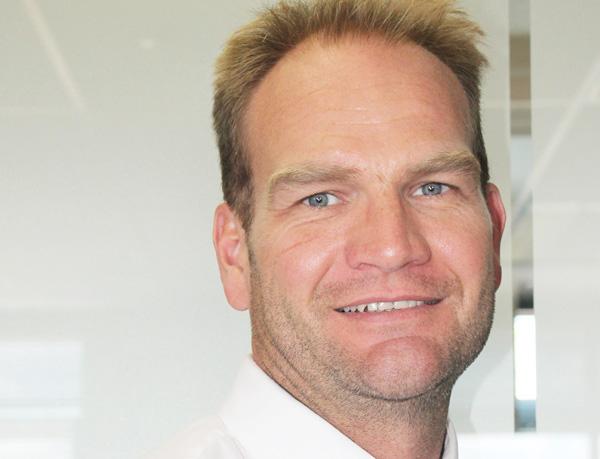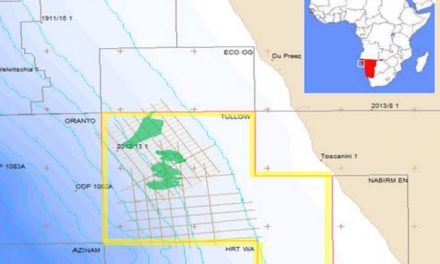
Namcor takes up 10% stake in new Kudu basin exploration licenses

The Ministry of Mines and Energy has issued two new exploration licenses to another Brazilian company, Galp Energia, to continue where HRT left off in the Kudu Gas basin.
Galp this week singed a joint venture with the National Petroleum Corporation (NAMCOR) and is preparing to start exploration activities in two offshore blocks. The new exploration campaign is due to start at the end of 2017 for the newly issued licenses for PEL 82 and PEL 83.
A final joint venture agreement with local partners makes provision to set up a permanent office in Namibia, spokersperson for Galp, Pedro Marques Pereira said in a statement. He also reiterated Galp’s commitment to pursue exploration beyond the exploration license expiry date.
With a market capitalization of around N$1.70 billion, and following Galp’s entry into Namibia with three exploration wells drilled in 2013, the total investment by the consortium comes to N$3.75 billion. “Although no commercial discoveries were made, these wells provided encouraging technical information,” Pereira said.
The new licenses have been issued to a consortium that includes Galp, NAMCOR and Custos Investments, a Namibian company that has been a local partner of Galp since 2012.
The exploration licenses cover a a total area of around 20,000 square kilometers and cover area similar to those of the previous PEL 23, in the Walvis Basin, and PEL 28, in the Orange Basin, marking a change in direction in Galp’s commitment to Namibia as the company increases its stake to 80% of the consortium while taking on the role of sole operator.
NAMCOR and Custos have each taken a 10% stake in the consortium. As part of this increased commitment, it requires Galp to establish an office in Windhoek.
“The three partners have recently signed two Joint Operating Agreements (JOA) that govern how they will work together during the project and allow the companies to focus on moving ahead with exploration activities,” Pereira said adding that exploration activities will include preparations for the start of seismic operations and applying for the required environmental permits.
Initial exploration activities will include geological and geophysics studies and the acquisition of new 3D seismic surveys that are more or les 2500 square kilometer in each area, during the initial exploration period of three years in PEL 82, and four years in PEL 83.
“If these efforts are successful and the consortium moves on to the subsequent exploration stages, further activities may include the drilling of exploration wells.”, Pereira said. Galp, which is Portugal’s largest publicly-traded company, has been present in Namibia since 2012, when it acquired a 14% stake in three blocks operated by another Brazilian operator, HRT.
According to Galp, the blocks are located in what is considered to be “frontier basins”, where a first commercial discovery is yet to be made. Galp’s current African operations include activities in Angola, Mozambique, Swaziland, Guinea-Bissau, and São Tomé and Príncipe, with operations that encompass oil and gas exploration and production, and downstream distribution of oil products to end users.












































